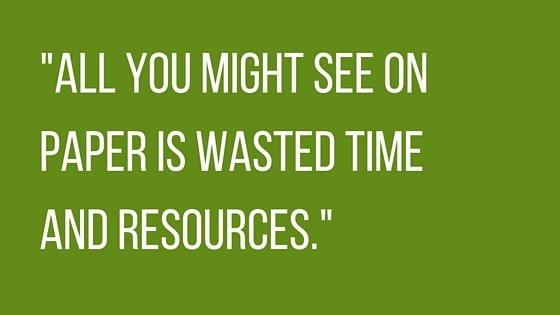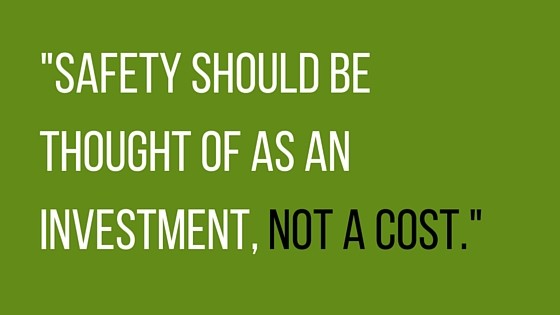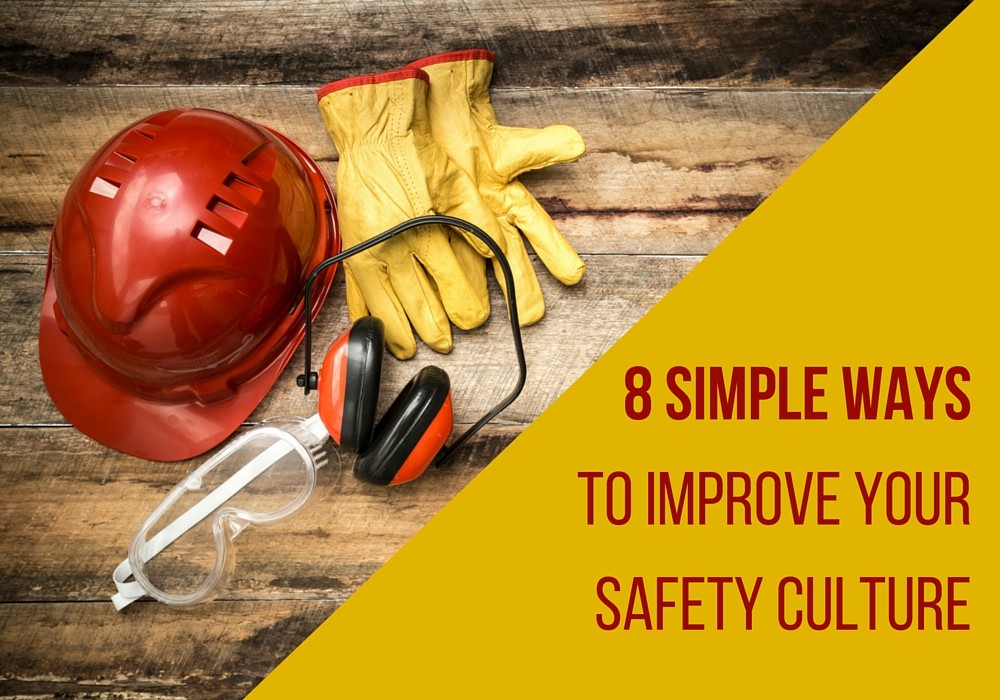In the beginning of 2015, you may have sat down with your department managers and said, “This year, safety is our #1 priority.”
How did it work for your company? Did your incident rate hold steady? Did you feel your employees were seriously considering their safety and the safety of others on the job?
If not, all you might see on paper is wasted time and resources.

Despite your good intentions, your newly prioritized safety culture may not have caught on for a number of reasons. If you find yourself stuck in a rut, luckily there are plenty of things you can do to improve.
1. Reinforce your own understanding of “safety culture”
You hear the term all the time – you are of course the one who introduced it – but how often do you take a step back to really think about what it means to have a strong safety culture in the workplace? The most important thing to remember is that safety is more than just wearing personal protective equipment and hanging up posters (although that’s a great start). Safety culture is the sum of all attitudes, beliefs, policies, and goals that are hard-wired company-wide. If you don’t think your company is all on the same page, you have a great opportunity to strengthen the core of your safety culture.
2. Show your employees the big picture
Your employees should know what your priorities are as a business owner. But do they know the “why?”
Of course they know you are genuinely concerned about their wellbeing, but are they fully aware how their safety directly affects your bottom line?
[su_heading size=”18″ align=”left”]3. Offer Refresher Trainings[/su_heading]
Ah yes, trainings. Although they may not be your employees’ idea of an exciting day at the office, they offer a wealth of information that can easily be overlooked in the absence annual refresher trainings.
The silver lining: there are dozens of options for your workforce to complete trainings. Whether you prefer traditional in-person trainings (required for certain courses), online trainings, or a mixture of both, there is a solution for your business.
4. Formulate a clear mission statement
In order for safety culture to remain strong and consistent throughout an organization, one central, concise idea should set the foundation for everything built upon it. Whatever your mission statement, ensure it reflects your true beliefs about how you value safety and how it benefits your company and employees. And no, “Safety First!” is not a viable mission statement. Come up with something that will stand the test of time and serve as a guidepost for your entire organization.
5. Consider an incentive program
Everyone loves a good pat on the back sometimes, but a higher-value incentive cannot hurt. Did you have a whole month with no incident reporting? Great, order in a nice lunch for your team. Extravagance isn’t the key here – just a small “Thank You” for successfully working towards the mission you set in place.
One piece of advice: do not go overboard with incentives, as they can potentially reinforce bad behavior, such as failing to report incidents.
6. Spend more time on the front lines
How can you expect to notice the pitfalls in your safety policy if you don’t ever spend any time with your production employees or field workers? Not only will this help you forge a stronger working relationship with your team, it will help you identify the extent and severity of any issues you may have overlooked.
7. Reinforce an open door policy
Have you ever considered that employees may be wary of bringing a safety breach to your attention? They may be fearful of the repercussions, being criticized by their co-workers, or not being taken seriously. Remind your employees that your door is always open, and if they witness an incident, feel unsafe at work, or have suggestions for improvements, their input is always welcome and appreciated.
8. Always remember: safety is an investment.
At the end of the day, safety should be thought of as an investment, not a cost. Yes, PPE costs money. Yes, trainings can interrupt an otherwise profitable day. Yes, daily safety procedures take time.
That said, the payoff is priceless: a healthy, happy, and productive team that works towards the same goals every single day.

What is your experience with safety culture in the workplace? Let us know in the comments, or email us at hello@trimediaee.com.

